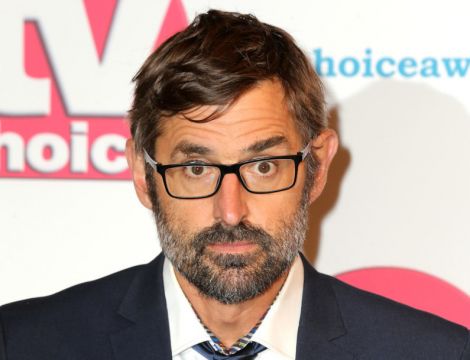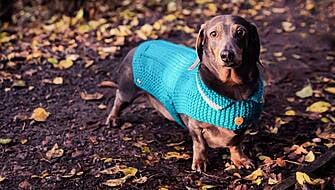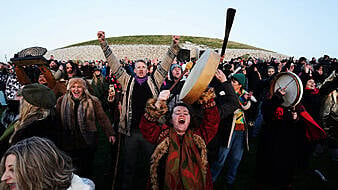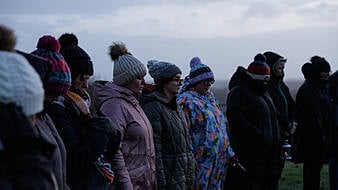British-American journalist and broadcaster Louis Theroux has shared he is losing more facial hair, including his eyebrows.
Due to what he thinks is “probably” alopecia, the 53-year-old documentarian shared a post detailing his experience on Instagram.
Under a video he posted on Instagram on Monday, Theroux wrote: “I’d like to know how I’m supposed to continue a career based largely on raising and lowering different eyebrows without any eyebrows!! #alopecia.
“I’m seriously thinking of getting them tattooed back on but it feels like a big step! Thoughts?”
AdvertisementView this post on Instagram
He previously shared an update about his experience in August, when he said there were “new bald patches appearing in my ‘top hair'”.
Writing a caption that said: “Alopecia update (try to remain calm!): new bald patches are appearing in my “top hair” (the hair on top of my head) but I can now grow a weird straggly and rather sparse white beard. So that’s something.
“And there are some tiny patches of regrowth on my eyebrow. FWIW I’ve been taking vitamin D, iron, and something called biotin. Is it helping? Who knows?”
And again, in June and July, when he admitted that he knows people are not waiting for regular updates, but “I want people to acclimatise to the new partially depilated me”.
He wrote: “Oh jeez it looks like the alopecia has migrated up to my eyebrow. I realise you aren’t all awaiting every update on its progress but I want people to acclimatise to the new partially depilated me and not freak everyone out by suddenly appearing in public like a half-plucked elephant bird with no forewarning.
“So this is where we’re at. I’d really like to keep my eyebrows, but it’s out of my hands at this point… tho I have started taking vitamin d and something called biotin.”
Here’s what you may need to know about alopecia and how it can be treated.
What is eyebrow alopecia?
Alopecia is a general term for hair loss, and it can affect hair on all areas of the body – including on the face. Some people experience patches of hair loss in the beard area (alopecia barbae), while others may lose eyelashes or localised hair loss affecting the eyebrows.
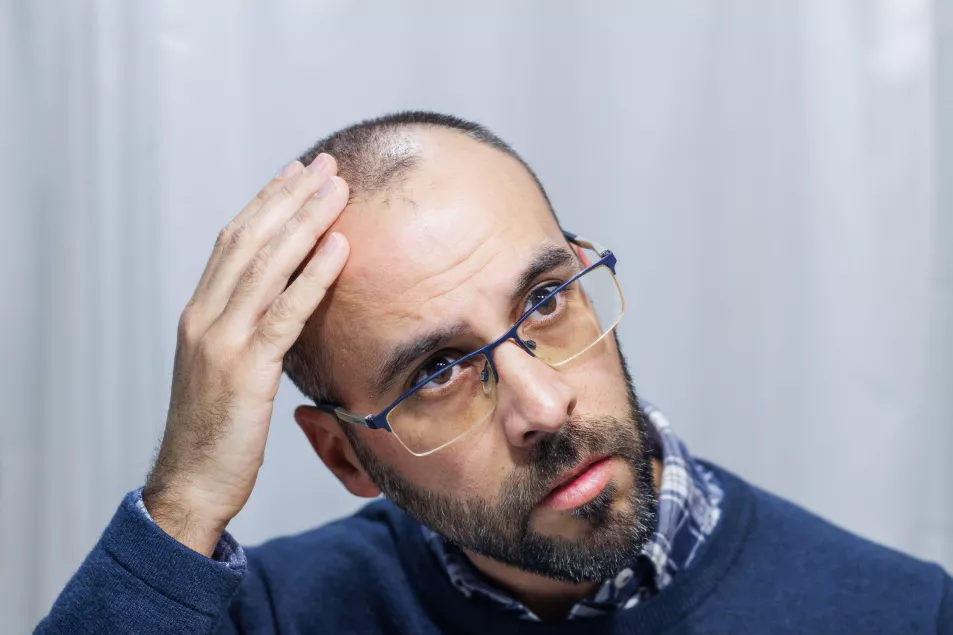
Patchy hair loss on the head is called alopecia areata (resulting in smooth, often circular bald patches). Sometimes the whole head is affected (alopecia totalis) or the whole body (alopecia universalis), although this is a lot more rare.
What causes alopecia?
Why some people develop alopecia while others don’t isn’t always clear – but experts believe a number of factors may be involved, including an autoimmune response.
This is where the immune system mistakenly attacks healthy cells (in this case the hair follicles) and a number of things may trigger this, including stress, trauma or illness. Hair loss may also be linked with nutritional deficiencies or certain medications.
Who gets alopecia?
Alopecia can affect people and children of all ages. It sometimes develops suddenly or may progress over time. Sometimes it’s a one-off, while for some people it comes and goes.
Can you treat it?
Treating alopecia is often a personal choice. While there are some treatment options, they aren’t always suitable and effectiveness can vary.
Corticosteroids – usually in the form of creams or injections – are one of the main options. If any underlying issues are believed to be linked to the alopecia, treating those may help. Self-care and psychological support can also be important, as alopecia can have a significant emotional and psychological impact for many people.
